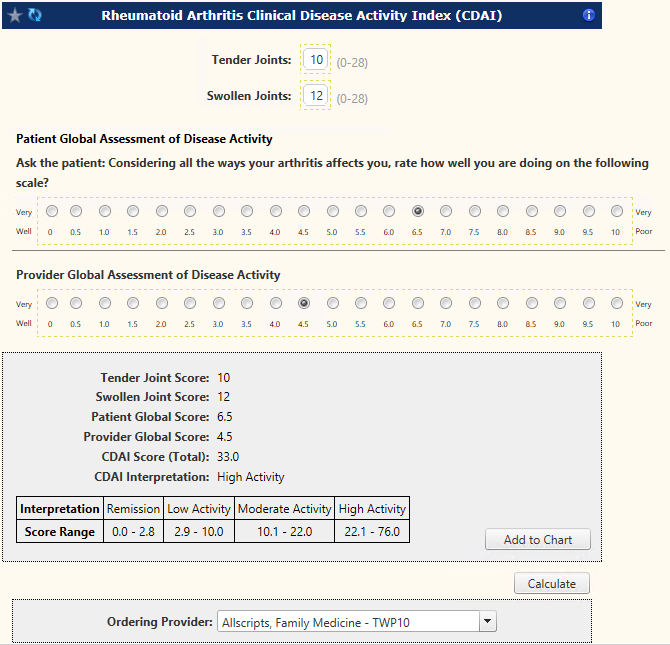
Just as the effects of weather vary, the best climate may not be the same for all people. What’s the Best Climate – and Should You Move? The effect may be different for different people and, as the research suggests, are different for different forms of arthritis. Lack of physical activity is known to worsen joint pain and stiffness. On cold, rainy days, patients may be less likely to be out and active.Alternatively, stretches of cloudy or rainy days may lead to low mood, which may cause people to focus more on their pain.Cadaver studies have shown that barometric pressure can influence pressure in the joints. Bones and connective tissue in our bodies, like structures in our homes, become smaller or larger in response to changes in barometric pressure.This thickening could lead to joint pain and stiffening. Lower temperatures my lead to thickening of the synovial fluid, which lubricates the joints.If weather does in fact affect arthritis, the studies show the connection is not always clear and may not be direct. Neither of these determined, however, what climatologic changes led to the increase and decrease in disease activity and symptoms. Another study looked at a database of rheumatoid arthritis patients and found that RA activity was higher in the spring and lower in the fall. In one systematic review and meta-analysis, gout was found to develop significantly more in spring, between March and July, when temperatures were rising.

Studies have also found correlations between seasonal fluctuations and arthritis symptoms. A study published in 2020 in Arthritis & Rheumatology found that an increase in temperatures was associated with joint complaints, rashes and inflammation of the membrane surrounding the heart and lungs in people with lupus.

Higher temperatures were associated with approximately 40% higher risk of gout attack compared with moderate temperatures. A 2014 study in the American Journal of Epidemiology found that among 632 participants with gout, there was a significant dose-response relationship between mean temperature in the prior 48 hours and the risk of subsequent gout attack. A 2021 Chinese study, which analyzed hospital admission data from Januto December 31, 2019, found a significant association between low temperature and admission for RA.Ĭonversely, warmer temperatures have been associated with the worsening of gout and some lupus symptoms. A 2013 Spanish study of 245 RA patients who visited the emergency room 306 times due to RA-related complaints found that patients were 16% more likely to present a flare with lower mean temperatures. Lower temperatures have been shown to have a similar effect on patients with rheumatoid arthritis (RA). In a separate 2007 study of 200 people with knee OA, pain increased with every 10-degree drop in temperature. The effect of humidity on pain was stronger in relatively cold weather conditions. For example, a study published in 2015 in the Journal of Rheumatology found that among 810 participants with osteoarthritis (OA) of the knee, hand and/or hip, daily average humidity and temperature had a significant effect on joint pain. In a handful of earlier, smaller studies, however, temperature was shown to have an effect on arthritis pain. Temperature, however, did not have a significant association with pain.

The phones’ GPS allowed scientist to collect precise weather data based on participants location.Īnalysis of that data showed a modest, but significant, correlation between pain and three weather components - relative humidity, air pressure and wind speed.

One of the most recent and largest is a 2019 British study in which more than 2,600 participants who entered symptom information into their smart phones in real-time over a 15-month period. Yet studies - while conflicting in some cases - offer important clues. While the weather’s effects on arthritis have long troubled people with the disease and intrigued researchers who study it, the connection between weather and joint pain is not well understood. For some, humidity and weather’s effect on their joints is so bothersome that they seek relief by moving to drier, temperate climates.īut will a change of climate really help joint pain? And if so, what is the best climate for people with arthritis? What weather is safest for joints? Before you start packing, consider what the research has to say about the effects of weather and climate on arthritis. Many report that humidity, along with other factors such as temperature and weather changes and weather patterns, increase joint pain or trigger arthritis flares. There’s no denying it, weather and climate can have a significant effect on arthritis and painful joints.


 0 kommentar(er)
0 kommentar(er)
